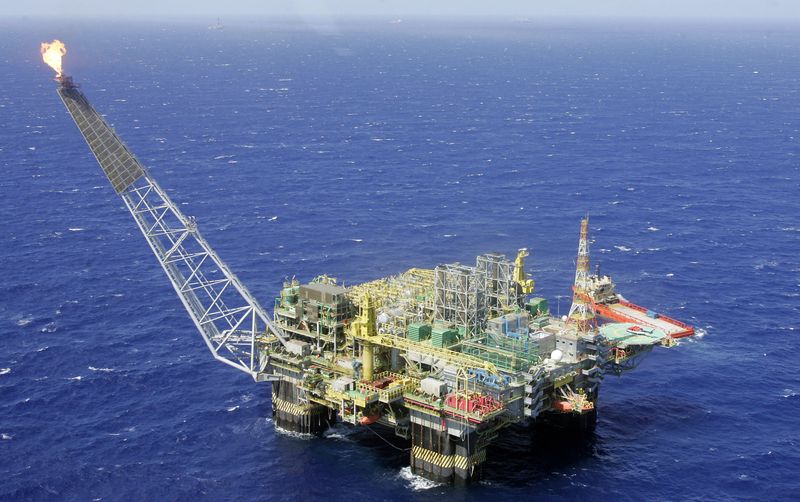Oil prices rebound over 1% as Middle East concerns persist
Oil prices rose sharply in Asian trade on Tuesday, rebounding further from recent losses as fears of an all-out conflict in the Middle East largely offset concerns that slowing economic growth will dent demand.
But fears of slowing demand still saw crude nursing steep losses in recent sessions, especially as underwhelming U.S. labor market readings ramped up concerns over a potential recession in the country.
Brent oil futures expiring in October rose 1.3% to $77.29 a barrel, while West Texas Intermediate crude futures rose 1.3% to $76.93 a barrel by 22:44 ET (02:44 GMT). Iran, Hamas retaliation against Israel in focus
Oil was chiefly supported by concerns over an escalation in the Israel-Hamas war, especially after Iran and Hamas vowed retaliation over the killing of a Hamas leader in Tehran.
On the Lebanon front, Israel continued its offensive against Hezbollah, also keeping the threat of retaliation from the military group high. Israel claimed it had killed a key Hezbollah leader last week.
The prospect of an Israel-Hamas ceasefire appeared increasingly distant, and the prospect of an escalation in the conflict saw markets attach a bigger risk premium to crude.
Traders were watching for any supply disruptions arising from the conflict, which could herald tighter oil markets. But so far, the Israel-Hamas war, as well as a conflict with Iran, has caused minimal disruptions in global oil production. Growth concerns remain in play, more China data awaited
Oil prices were nursing steep losses through the past month, having slumped to seven-month lows on concerns over slowing growth and demand.
The weak U.S. labor readings were preceded by dismal readings from China, especially on the country’s manufacturing sector. The weak Chinese data added to concerns over slowing demand in the world’s biggest oil importer.
More readings from China are due later this week, with trade data for July in particular focus for insight into the country’s oil imports.
Inflation data is also expected to provide more cues on China’s economy, particularly retail fuel demand.
Source: Investing.com
